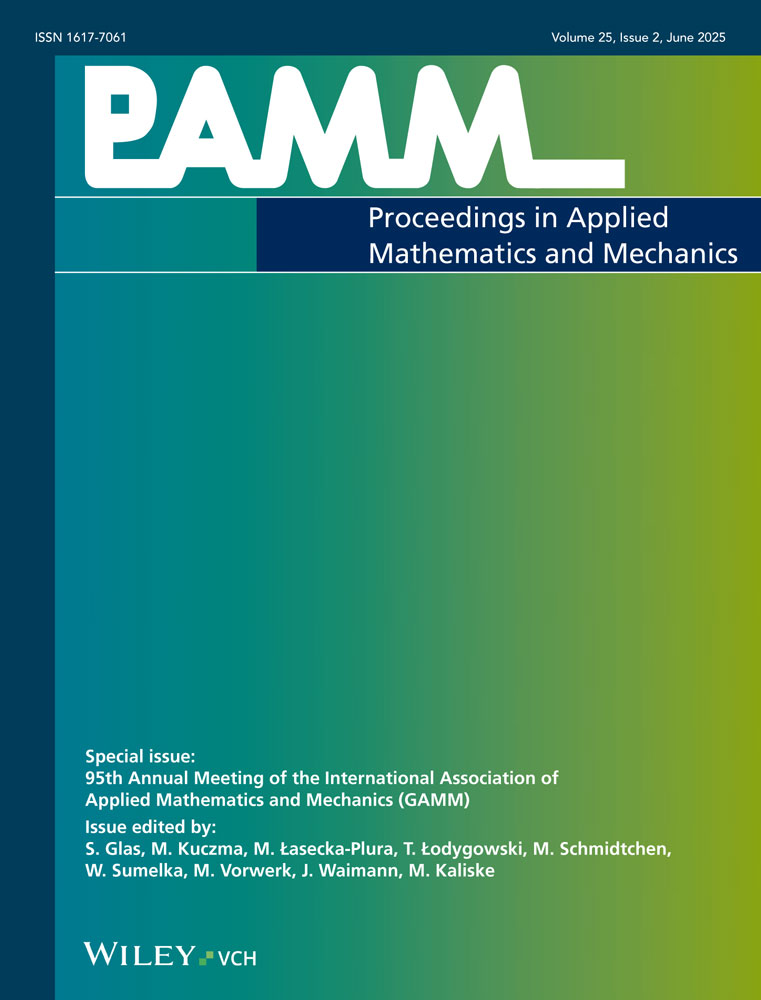Validation of a coupled FE-model for the simulation of methane oxidation via thermal imaging
Abstract
To simulate the processes of methane oxidation in landfill cover layers, a new computational model was created. The purpose of the model is to allow a forecast on the performance of methanotrophic activity in landfill cover layers under changing environmental conditions. Therefore, a thermodynamic consistent model based on the well-known Theory of Porous Media (TPM) combined with the mixture theory was developed, which analyzes the relevant gas productions of methane, oxygen and carbon dioxide. Diffusion, advection and conversion processes are considered as well as the energy production during methane oxidation. With the help of the thermal imaging technique a new experimental setup was developed in order to validate the coupled model in terms of the heat generation. (© 2015 Wiley-VCH Verlag GmbH & Co. KGaA, Weinheim)




